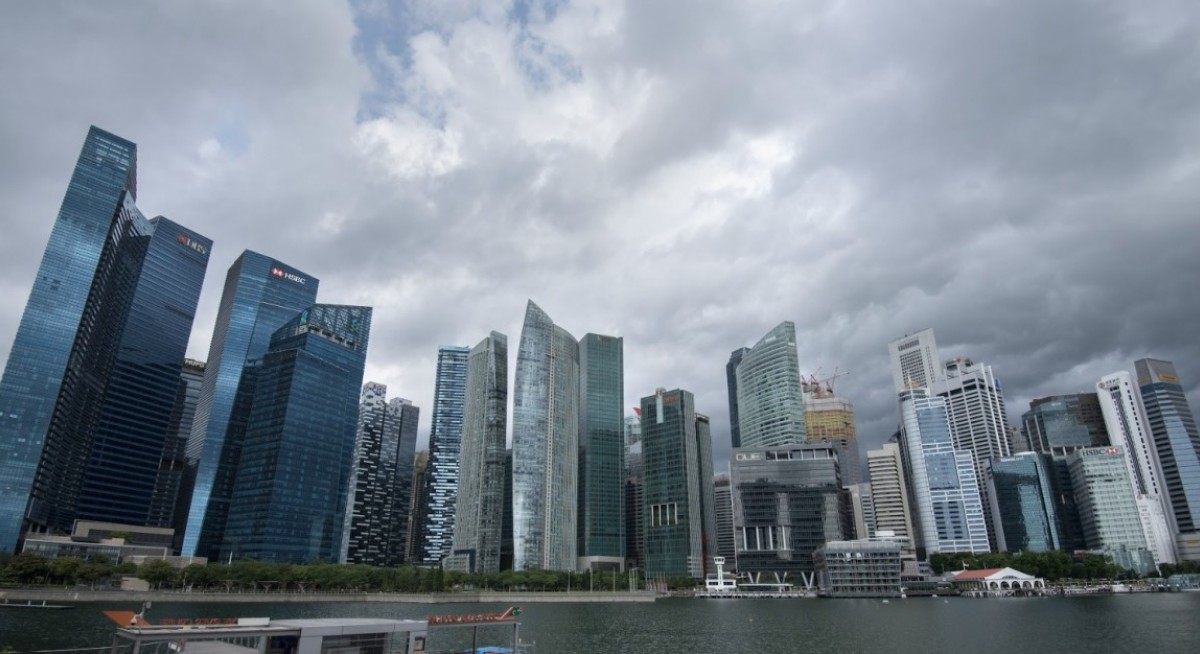UOB outlines three reasons for USD weakness: Trump’s erratic trade policy, the big beautiful bill, and the Fed. Although UOB says the Fed rate cuts would weaken the dollar, Trump regularly tweets on his Truth Social about firing Fed chair Jerome Powell. Such a move would cause volatility, market watchers say.
“The Trump Administration’s erratic global trade policy has started to weigh on global trade and consequently the US Dollar’s outlook. The latest comment from President Trump that he is not thinking about extending the 9 Jul trade negotiation dateline and unilaterally impose a final reciprocal tariff adds to the on-going confusion in global trade outlook,” UOB says.
On the big beautiful bill, UOB says: “The likely passage of the “One Big Beautiful Bill” will add US$3.3 trillion to US debt load in the coming decade (according to the nonpartisan US Congressional Budget Office) and the consequent widening of US fiscal debt is also seen as a growing negative for the USD.”
Blerina Uruçi, Chief US Economist at T. Rowe Price, explains that the “big beautiful bill” has some positive aspects as it aims to extend many of the non-permanent corporate and individual tax cuts enacted during his first presidency in 2017. “As these are due to expire at the end of this year, the bill’s passage would help avoid one of the largest nominal tax hikes in U.S. history. This, in itself, should reduce uncertainty about the business climate in the U.S. to some extent,” she says.
See also: Stocks are approaching manic levels, but advisers say it's not too late to buy
Nonetheless, it adds to the deficit. In 2024, the deficit stood at 6.4% of GDP, the largest in peacetime and outside of a recession. “Given the lack of plans to address the deficit, it is likely to remain elevated at current levels over the next two to three years,” Uruçi says.
Risks to the inflation outlook “have shifted significantly to the upside based on a combination of dollar weakness, a historic rise in the effective tariff rate, and the possibility of higher energy prices stemming from the Israel-Iran conflict,” according to Uruçi.
A new fiscal stimulus package would likely add to these upside pressures. “The net effect is likely to be higher inflation in the second half of this year and into 2026,” she adds.
On the other hand, the tax cuts should boost the economy. Consumer spending and business confidence, in particular, could receive a much-needed lift despite GDP set to remain below trend, Uruçi figures. “In our baseline forecast a recession will be avoided,” she says.
“The Fed’s latest projections showed at least two interest rate cuts for this year, but the window to deliver these would be very short if inflation pressures start to pick up and the labour market stays resilient,” Uruçi says.
Whatever the case, even if the US economy continues to grow, the growth rate is unlikely to offset the impact of lower tax revenues on the fiscal deficit. “Combined with the lack of near-term plans to address the deficit, fiscal concerns are likely to remain elevated, potentially driving yields higher and curves steeper,” Uruçi estimates.
UOB says the tariffs and the big beautiful bill may feed into the de-dollarisation trend where China and its trading partners continue to diversify away from the USD by lowering the allocation of their central bank reserves into US Treasuries as well as reducing their use of USD for trade payments.
“In particular across Asia, there appears to remain a substantial amount of USD trade proceeds that are yet to be repatriated into local currencies,” UOB says, adding: “Global trade uncertainties and geopolitical tensions continued to underpin safe haven flows into Singapore. Domestic liquidity stays flushed, prompting Sora to break and sustain below the key 2% level in June.”
For investors hunting for yields, DBS Group Research says: “We see increased queries and inflows into the Singapore REITs ahead of the upcoming 2Q25 results season, with the FSTREI index up 5% in June. “With the 2nd quarter as a dividend-paying quarter, this could also drive investors’ interest in the sector.”
Local risk-free rates are falling, and down to 2.16 on July 2. “We also note that Sora rates have fallen since April, while the 3Y/5Y SG swap rates have dipped below 1.5%, which are at levels before interest rates started rising in 2022. This implies that refinancing risk could potentially turn into a tailwind from 2Q2025 onwards,” DBS reasons.
Its “fundamental” picks among the REITs are CapitaLand Integrated Commercial Trust and Frasers Centrepoint Trust for obvious reasons - Singapore dollar-based resilient assets. “We [also] believe that S-REITs (Alpha picks) with yields closer to 6% such as CapitaLand Ascendas REIT, Mapletree Logistics Trust, and ESR-REIT will be net beneficiaries of increased flows,” DBS adds.




